

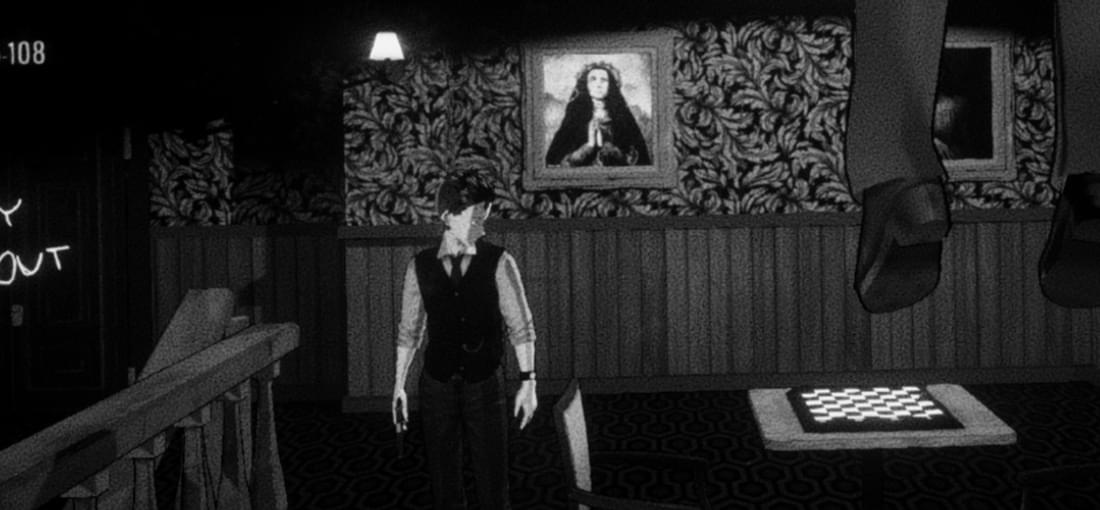
NOTE: Game was very buggy until version 666.3.0. The game is now fully playable/beatable as of March 28th 2025. Ghost at Dawn successfully replicates the old Survival Horror Genre of the 1990s where you controlled a character with Tank-like controls from a Fixed Camera perspective that changes as you move around a room or enter another. Ghost at Dawn plays very similar to Alone in the Dark 1 (1992) and Resident Evil 1 (1996), but I will say it surpasses both in game play and atmosphere. The Story is about on par with Alone in the Dark 1. The inventory management is closer to Resident Evil 1; you have a very limited carry capacity and have to drop items off at a hotel's "Dumb Waiter". Unfortunately you cant just drop items on the ground like Alone in the Dark. The Controls are very similar to the two aforementioned games with some nice modern additions like dodging and quick turning. The Graphics are a high-contrasting cell-shaded anime-esque style. Initially I didn't think it would work for a horror themed game but it actually does... Quite well I may add! Sound and Music design lend themselves very well to the atmosphere and fit well. Amusingly, you cant save the game in the traditional sense. It constantly saves and you only get 5 lives before you gotta restart! The Story follows Ben O'Hara, a Private Detective veteran Japanese American of WW2 in 1947. He takes a job to go to a hotel call The Pines seeking a little girl named Emi who was supposed to be there to be picked up, but the whole hotel is boarded up and something went horribly wrong. You can leave at any time and report back. Your ending depends on how far you go and what you find! To say anything more is to spoil too much! Needless to say, this game deals with a LOT of dark adult themes. I recommend to keep this to those of 18+, mature, and stable in the mind. If you are looking for a 1990s Survival Horror game with some modernization; Ghost at Dawn is worth a shot!
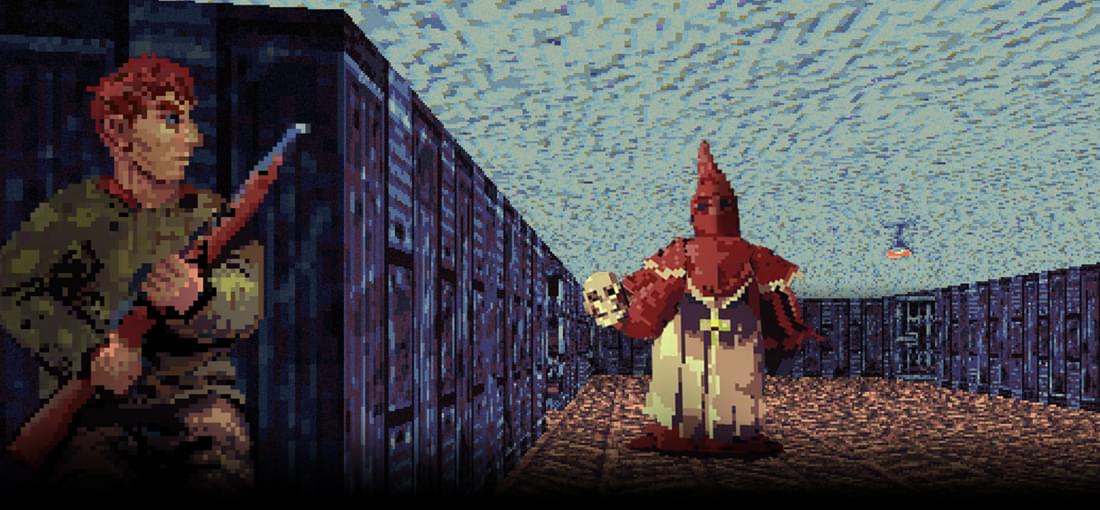
I went into Only Lead Can Stop Them(OLCST) expecting something between Wolfenstein 3D and Doom. That is mostly what I got. It generally feels like an early 90s FPS with all the odd bugs you used to experience in those older FPS. Such as being unable to shoot diagonally through a double doors if one is opened and the other is closed. OLCST Does have a nice Spanish theme to it which is rare among FPS or any games really. A couple things that sadly make OLCST get old fast are the monster roster all being easily handled by the 2nd weapon you get in the game: The SMG. OLCST also has a shotgun, a bolt action rifle, a machine gun, a rifle grenade, a flame thrower, and dynamite(which is actually a utility as well), While these other weapons are all more powerful than the SMG, ammo is much limited for them. None of the enemies feel particular dangerous and all of them(including the bosses) feel easier than a Revenant from Doom II. This could have maybe been alleviated if the placement was strategic or the enemies were deployed in ambushes where the player is at a disadvantage. The map designs are usually interesting and some maps are actually not linear at all. The main issues are some large areas are depressingly plain with like 2 textures with predictable enemy placement. I played through all 3 episodes on Hard and only died about half a dozen times. I never really felt that much a challenge at any point, Its at about the "Hurt Me Plenty" level of Doom E1. I mostly used the SMG until I ran out of ammo and then defaulted to whatever seemed appropriate. There is a weird vague political undertone, but as a USA person with no real knowledge modern Spanish history it just feels a bit off but that is it. I dont really get DEI or "Woke" vibes from OLCST. Overall, OLCST is fun throwback FPS. The graphics and style have high potential but it's let down by the lack of real challenge and variation. Its a Fun comfort-food like game worth a few bucks, but that's it.
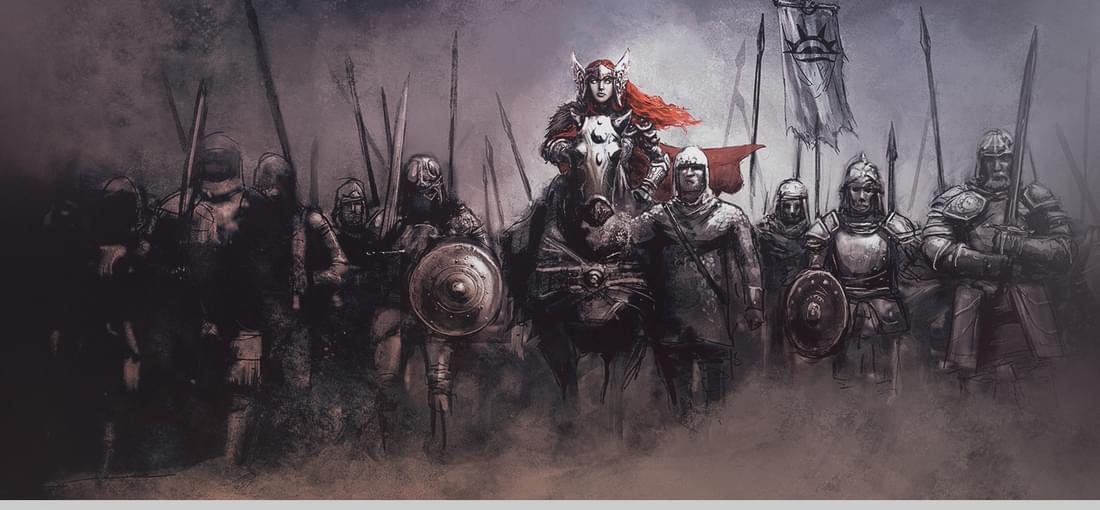
Baldur's Gate Siege of Dragonspear (SoD for short), is an expansion for Baldur's Gate(BG1) that takes place not long after the events in BG1 and it's expansion Tales of the SwordCoast(TotSC), like in Baldur's Gate 2(BG2) you can import your character from BG1. From purely a game play perspective SoD mimics BG1 Enhanced Edition with all of it's strengths and weaknesses. SoD follows how even though you were hailed as a hero following the events of BG1, war in the north is beginning to spill further south effecting Baldur's Gate city and you are basically dragged into the war events after a failed assassination attempt on your character in the royal palace. Baldur's Gate aristocrats decides to send an envoy north to join their allies in the war and you are expected to join in because you are "the hero of Baldur's gate". On paper this all sounds good, there are lots of opportunities for great world building, lore, and character development. Unfortunately, the writing is often hamfisted and the lead villain is written like a a Mary Sue. Where in BG1 and TotSC there was intrigue and subtleties that made character motivations and plans a bit of a mystery, SoD throws most of that out the window and plops down most motivations and reasons right out of the gate. A lot of characters introduced feel very 1 dimensional and the writers clearly make the "good" decision in most dialogue trees feel like the only option if you arent trying to be a complete asshole or murder hobo. Many of the classic BG1 characters return at various points but their writing feels like amateur fanfiction writing compared to their original dialog. That about sums up this expansion's writing in a nutshell; it feels like amateur fanfiction and occasionally tries to retcon AD&D lore for the sake of the writer's characters. The only significant redeeming factor of this expansion is that SoD provides a much needed bridge from BG1 +TotSD to BG2 while being mildy entertaining. NOT RECOMMENDED!
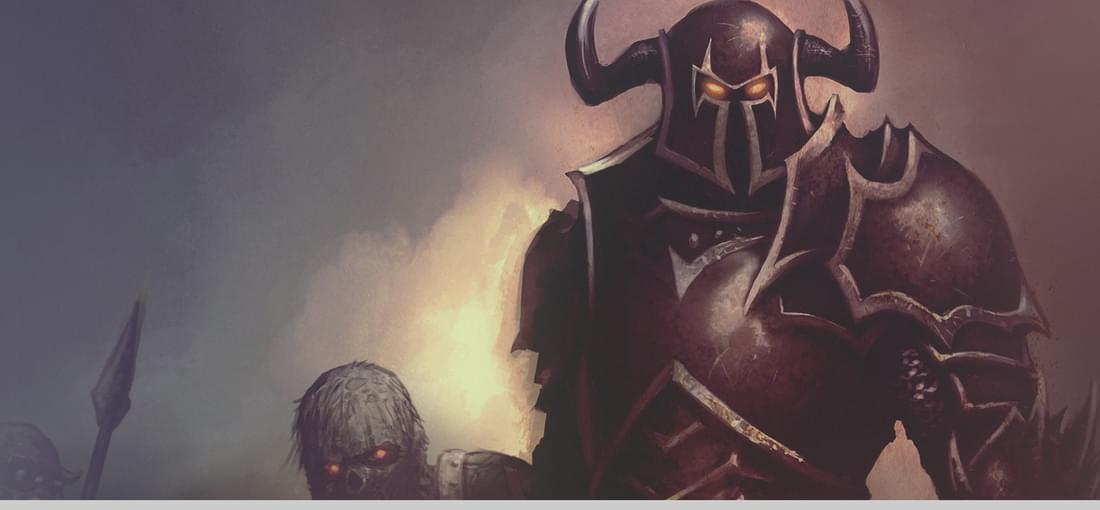
Baldur's Gate is through and through the pinnacle of AD&D based cRPGs of the 90s. It got realtime combat with pausing available, a solid story with multiple options of how to approach it and tons of extra content with little relation to the main plot. The Enhanced addition brings some nice updates and modern conveniences to Baldur's Gate, but unfortunately also brings in several new characters that don't really fit in with some very hamfisted writing. The story follows your own crafted character as they have to come to terms with their heritage and figure out why are they are being hunting by a shadowy organization. You could try to play the stereotypical hero that always does whats right, a greedy sellsword, or a vicious murder hobo out for blood at every turn and still complete the game! While your choices don't always impact other events, your reputation often will and NPCs will sometime attack based purely on a strong Good or Bad reputation and certain quests can be sealed off forever based on your reputation as well. There are two major things that will possibly turn off modern audiences from Baldur's Gate; 1) The game's pathfinding and AI is pretty awful even in the enhanced edition. Characters often decide to pick awful targets take long routes. Your characters will also often decide to B-Line hostile enemies, even if there are traps in the way or a dangerous AOE spell area lingering around. You have to micro manage your characters in combat and it's not easy even if you know all the tricks. 2) The game strongly follows Advanced Dungeons and Dragons 2nd Edition(AD&D 2e) rules and lore. AD&D was crafted in the 80s as a more advanced and complex version of the original Dungeons and Dragons(D&D). It was made before Video Game RPGs were a thing with Paper and Pen gameplay at it's heart. AD&D 2e rules may seem obtuse and non-intuitive to people who never played 80s paper and pen RPGs. There will be a rough learning curve for these type of people.
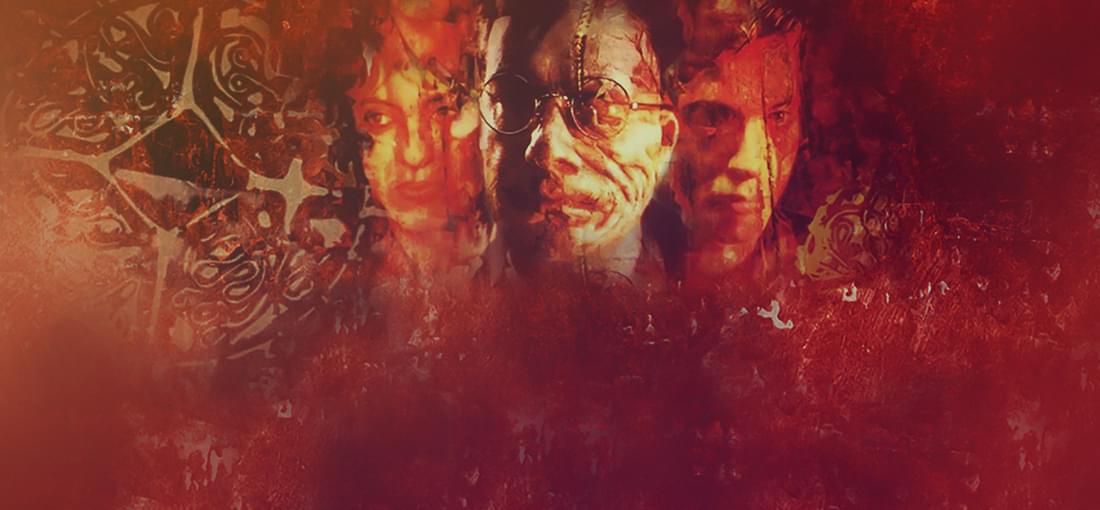
In it's day this game was a revolutionary combination of FPS and Point-N-Click adventure games. While having an FPS take place in a world where the player can do more than flip switches and kill things is the standard nowadays in 2022 and has been for over a decade, in the 1990s FPS were almost entirely limited to shooting things, flipping switches, and opening doors with very few exceptions. Sadly, like most first-of-their-kind type games, it has a lot of janky aspects which some people will find unbearable. Even though Realms of the Haunting came out in 1997, you're likely to think it came out in 1995 based on the graphics and the controls which tend to feel clunky and obtuse by modern standards. You can't rebind any controls from inside the game, but you can rebind most keys in DOSBOX to make your life easier. You can also use AutoHotKey to create a script for a switchable mouse look. Otherwise you have to hold right and left mouse buttons simultaneously to have mouse look! The story itself, which is actually a very large portion of the game, follows Adam as he takes a taxi to mansion that resembles one in his dreams. This takes place shortly after his estranged father dies and he receives a strange package with what appears to be pottery antiques of some sort. The Mansion quickly reveals itself to have paranormal powers at play and Adam's quest to find out what really happened to his father turns into a battle that could have dire consequences for our world. The world appears to be 3D(or 2.5D) with 2D sprites Stop-Motion-animated of people or models. The cut scenes are all Full-Motion-Video and sadly for this game, given it was released in 1997, are heavily compressed and low resolution. The world would looks fantastic for a game in 1995, but for 1997 it was dated. Despite all of this, the art direction is well done. The Sound and Voice acting are actually generally well done with few things feeling out of place. A quirky 90s FPS with a campy story!
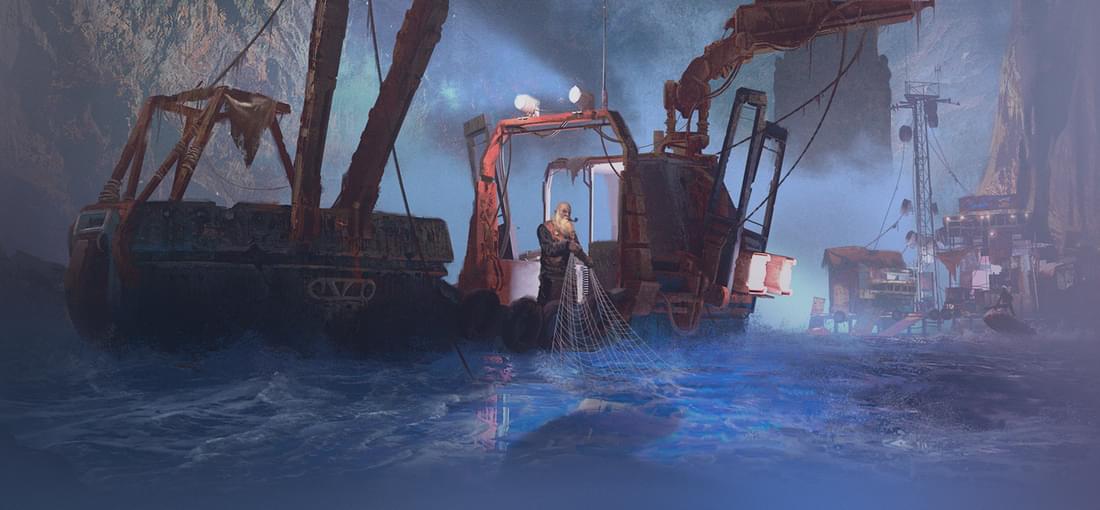
Expedition is a wonderful expansion of Underrail that takes the base game and builds on it with a massive new area, an isolated story in that area, and a few new mechanics. Most notably Jetskis and Jetski combat! Jetskis are like little mobile vehicles for watery areas. There are many different types, including some with weapons! The main story of Expedition revolvers around an expedition in a massive underground sea area of Underrail. A researcher is looking to research one of the major corporations that once fought for control of the world; NFT. He hires a mercenary company for security and exploration. You play as a mercenary that goes to help out. This Expedition is not so simple though. There are 3 main threats you need to contend with; Pirates, Natives, and the environment. The pirates will seek to rob/kill you and the expedition. The pirates just just like most underground thugs but more organized. The Natives just want you and the entire expedition dead! They may be limited to primitive weapons, gear, and psi abilities but they have massive numbers and are high level! The Environment has many hazards including awful wildlife that will make you scrounging for every antidote you can possibly get. The first two threats will routinely assault the camp. To complicate matters the expedition camp has limited supplies and cannot be resupplied. Take too long to deal with the threats or the main quest and you might come back to a fallen failed expedition camp! There is less writing in Expedition than Vanilla Underrail, but you'll find it to be better quality and even more believable. The world building further explains the lore of Underrail. There is a bit more of a paranormal vibe going on with Expedition than Vanilla Underrail though so that may be a turn off for some. The Graphics and Music suit the theme Phenomenally well are are an improvement. The music is absolutely bone chilling at times and the graphics convey an exotic feel. Highly recommended.
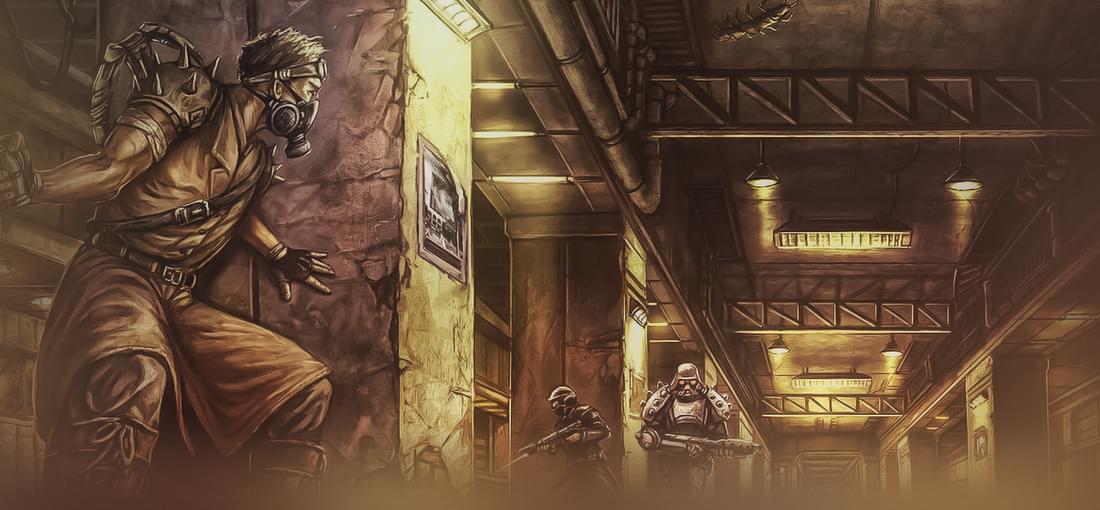
Underrail is through and through an expansion on turn-based isometric 2D CRPG games like Fallout 1 and Fallout 2. It plays very similar to both and it's setting takes place in a post apocalyptic future like Fallout 1 and 2, but is even more bleak. It is Exactly the Fallout 3 I and many others hoped before before having our dreams thrown to the ground and shiat on by Bethesda. Instead of people coming out of Vaults and repopulating a barren world after a nuclear war like in Fallout, Underrail presumes the surface was damaged so badly by catastrophic war that no life can live on the surface even after hundreds of years. The last remnants of humanity are destined to live in underground subways and caves with zero hope of ever seeing the surface. You play as a new citizen to a smaller underground city trying to carve out a reasonable life in what's left of society. Even as humanity seems to be on the brink of extinction, we fight petty wars of attrition over ideology and greed. Rather than explain all the gameplay mechanics and how it works, I can best summarize Underrail as Fallout 1 or 2 in an alternate world. There are many subtle differences but if you understand how Fallout 1,2 plays, you will mostly understand everything in Underrail in about an hour if you stick with it. That said, Underrail is brutally difficult in comparison. There are many more battles to be fought compared to Fallout 1,2 and you cannot simply grind levels to compensate for poor decisions in skill points spent. The level cap is about 25. You can easily hit that through exploration and grinding before you get even halfway through the game. If your build sucks, you will run into some combat walls that are insurmountable. Fortunately you'll likely figure out what works and what doesn't pretty quickly on before you get too deep into. Overall Underrail is the Fallout 3 were were promised but denied. Its got everything that made Fallout 1 and 2 great and then some.
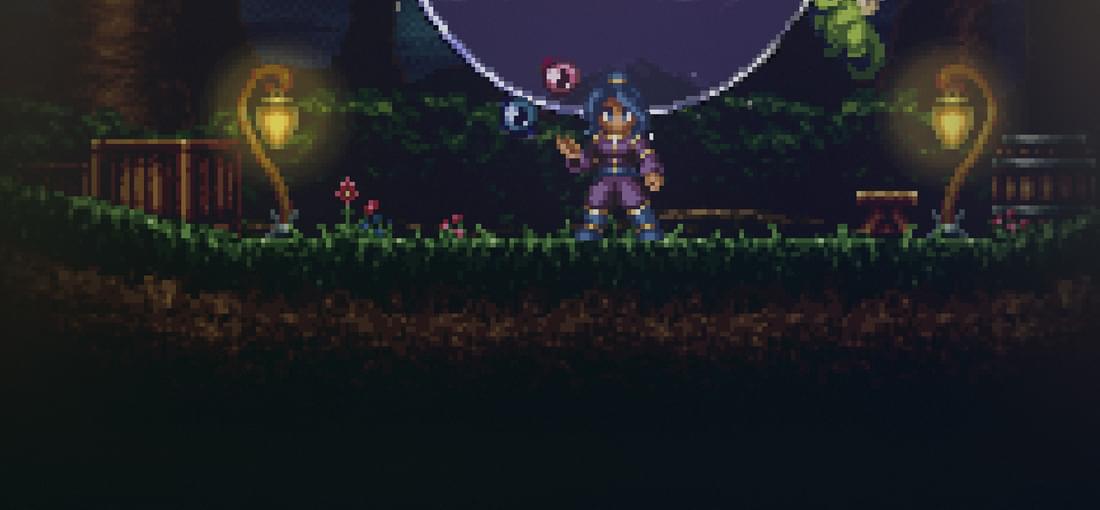
Disclaimer: I was a kickstarter backer for this in 2014. Timespinner plays like your run-of-the-mill 2D side scroller. Its very heavily influenced by the SNES game Super Metroid and the PSX game Castlevania Symphony of the Night. The pixel art style is very reminiscent of the SNES/Saturn era of Console games. The style is very clean and polished yet retro feeling. Timespinner looks, feels, and play like a game from the mid 90s. The Music and Sound kind of break this illusion though as they are far beyond the sound and music fidelity that you would expect from a game that was made in the 90s Timespinner is relatively short at about 5-6 hours if you rush through it. If you want to 100% and grind a bit to see all the lore and capabilities of various weapons/abilities You're looking at 12-16 hours. Many of the different areas you explore feel like they are too small. In Timespinner your weapons to fight with are "Orbs" which perform different things. They start off simple like a punch attack. Later Orbs can shoot projectiles, auto lock-on and hit enemies, conjure swords/hammers, and one Orb just hits everything nearby your character. Many of the Orbs are functionally the same, but with a slight gimmick. I found around 13 different Orb types. There are also "necklaces" which can be crafted themed to each orb time. These Necklaces grant a charge attack ability. These are much more unique than the generic orb attacks. Lastly you can unlock "rings" which provide passive benefits themed to each orb. Sadly there is often not much of a reason to use one Orb over another. There are benefits to all of them, but it feels over developed given the length and scope of the game. The Story starts off as a Revenge tale and evolves a little from there, but sadly gradually starts shoe-horning in SJW ideological politics out of nowhere. This kind of breaks the feel of the story and lore as these politics are extremely out of place. Overall Timespinner is a good game with flaws.
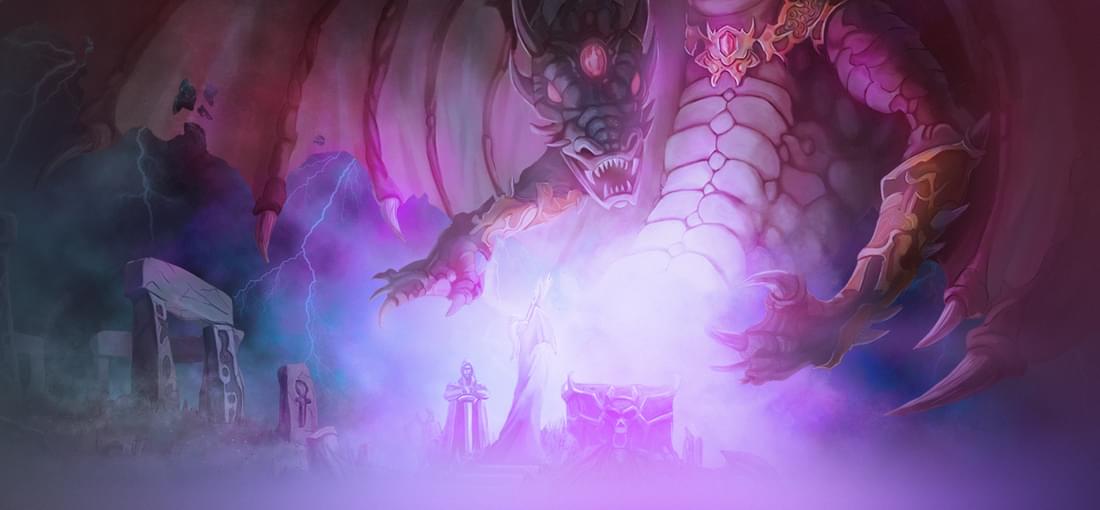
Drakkhen on the PC has arguably the best translation of the 3 version(Amiga, DOS, SNES), That being said, I highly recommend reading the story provided in the manual before playing the game because it provides much needed context to starting the game. Drakkhen has a lot of highly innovative ideas for it's time but being the first of it's kind makes it feel VERY rough on the edges when viewed in 2020 The game itself has you create a party of 4 characters; Fighter, Scout, Cleric, and Magician. Figher, Cleric, and Magician are similar to what you might expect out of an older RPG, but Scout is kind of a hybrid between the previously mentioned 3 with a couple spells of Cleric and Magician with almost as much combat capability as a Fighter. Once you create a party you are thrust into the game's world. When you are outside, you take a first person perspective and the world is psuedo 3D. When a random encounter occurs the game stops letting you move around and your party members walk out onto the screen from the bottom. Navigating around the world is pretty difficult. Notable land marks are far and few inbetween. There is NO map and no compass. This makes it frustrating as hell sometimes. I spent over and hour just trying to find a castle once before I broke down and made my own map(in the forums if you need it) When you enter a castle/dungeon your characters are always on screen, but they can be moved independently to explore by themselves. The same rules for creature encounters apply indoors as outdoors. The combat is mostly auto attacks with occasional spells. The player really doesn't have too much control on it. The story is actually fairly interesting with a lot of bits of lore left around for the players to find. It's not cliche at all and the world is quite immersive for it's time; 1989. If you like old school RPGs from the late 80s to early 90s, I'd recommend giving Drakkhen a try. Otherwise I'd recommend staying away!
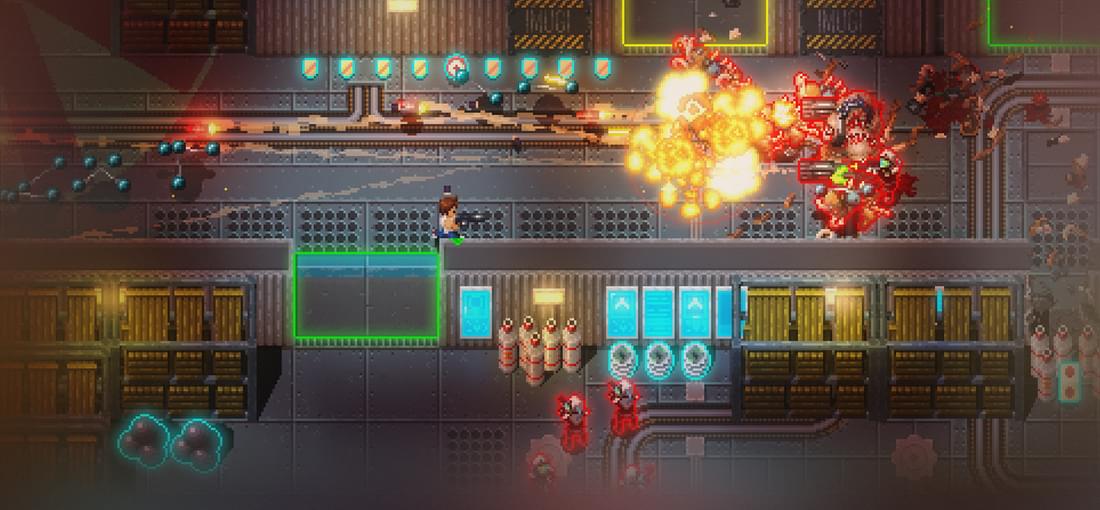
I was very disappointed that this game doesn't work on LAN. The game is quite fun but much more fun with friends. No LAN support kinda ruins this game's potential for a LAN party option where the original games in the series worked flawlessly over LAN with no internet connection.